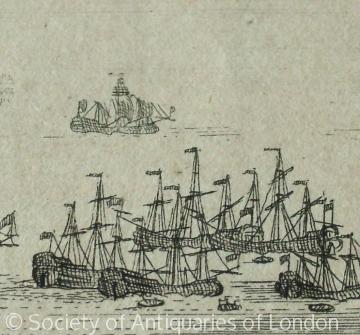The Collier Fleet

During the 17th century, Sunderland's coal export trade became the mainstay of its economy. Disruptions to the trade occurred periodically as the result of warfare. During the Civil War Sunderland, held by the Parliamentarians and controlled for a while by the Scottish Covenanting Army, became the main access point for supplying coal to London.Whilst royalist Newcastle was blockaded, Sunderland's collier fleet enjoyed the protection of the Parliamentary navy. From the middle of the century, Anglo-Dutch warfare periodically disrupted the coal trade. Outbreaks of hostility in 1652-4, 1665-7 and 1672-4, inevitably led to frequent attacks upon the collier fleet and dislocation of the coal export trade. Nevertheless, as the 17th century drew to a close, the size of the fleet increased, with Sunderland businessmen investing in vessels (which were often in multiple ownership). The capacity of collier vessels also expanded. At the beginning of the 17th century ships were often capable of carrying around 28 chaldrons (74 tons in Newcastle measures); by 1715 , however, vessels that could load from 55 to 78 chaldrons (around 150-200 tons of coal) were becoming the norm.
Content generated during research for two paperback books 'Sunderland and its Origins: Monks to Mariners' (ISBN 13 : 9781860774799) and 'Sunderland: Building a City' (ISBN 13 : 978-1-86077-547-5 ) for the England's Past for Everyone series

